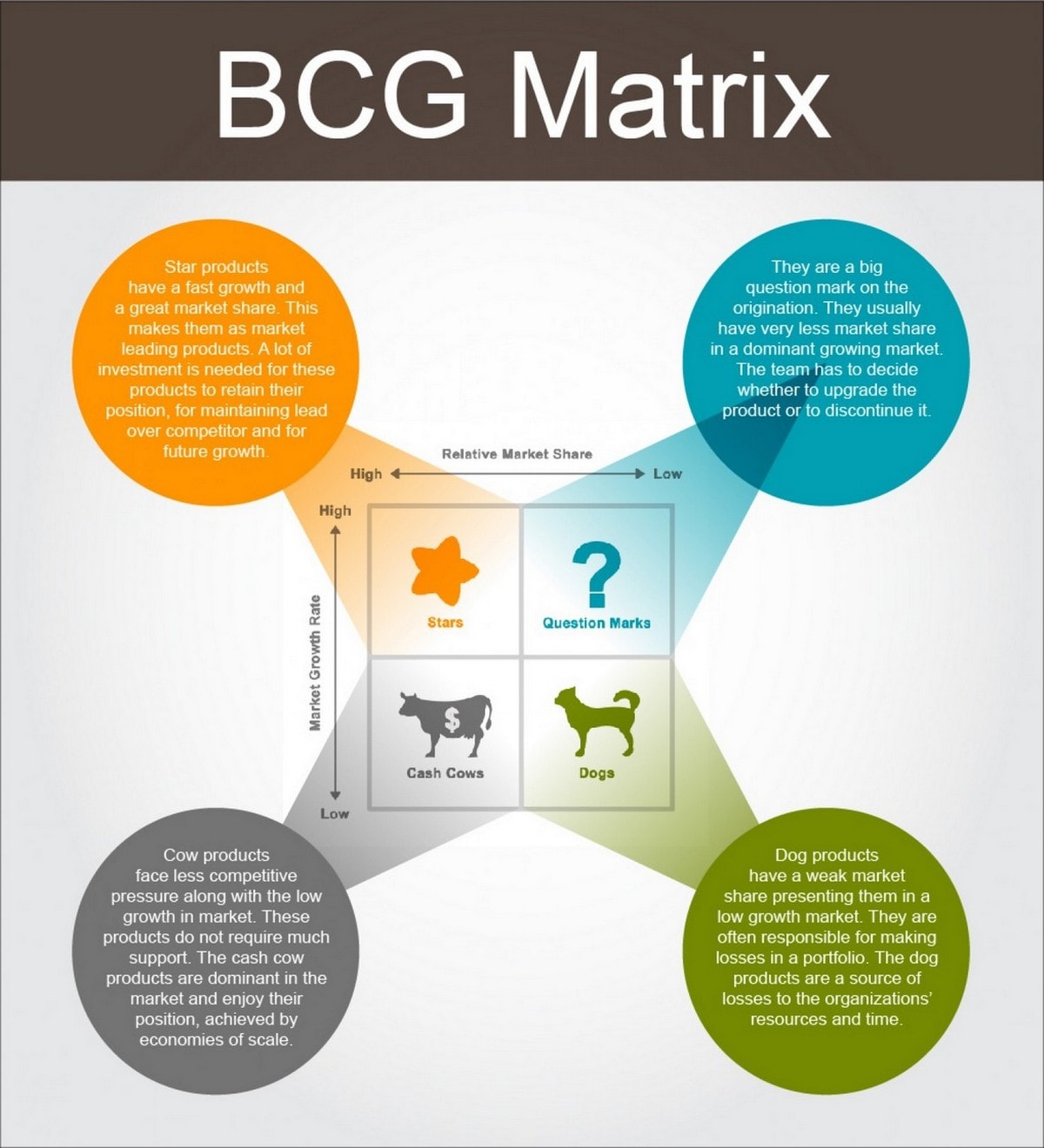
Market Development - Steps, Types Of Market Development
Market Development – 4 Steps and 5 Types Of Market Development
Market development is a strategy for growth that organizations use to develop new markets or new market segments for existing products. The primary targets of market development strategy are the customers who do not buy the product. Some new segments are also targeted in the plan, but the primary goal is the existing segments of customers who are not buying your product.
The organizations can do this by the promotion of the product in a new job graphical area, or they can also try and existing area with different media. For example, the soft drink which is advertised during a TV show for Kids can also be advertised in a separate area where the TV show is broadcasted. On the other hand, organizations can also try to show the commercial in the same area where the ad is being shown in the children’s TV show but the advertisement will be aired during a teenager’s TV show.
This means the organizations can target different people in the same area or the same people in a different area. This is one of the strategies to expand the market for existing products. This effort is made to boost sales and sometimes it may require a new pitching strategy to a new segment of customers. For example, when a product moves from one country to another country, the organization may decide to change the branding, advertisement, or message because the different areas will have new customers who will require different targeting strategies.
One of the best examples of this is the most famous Harry Potter books. The writer J. K. Rowling Initially launched the books for kids, but after the massive success of the series, she introduced the books with reworked art on the cover page. This art was more of for adults, the graphics were more serious, and the characters were less child-like on the picture.
Although the plot was the same, the makeover of the books was targeted to the adult population. She also introduced a unique series of books for teenagers in which the book cover was reworked to suit the likes of teenagers, and the plot was kept precisely the same. There were four different colors of the same book signifying the four different houses in the plot.
Table of Contents
4 Steps in Market Development
There comes a time in every organization when the growth is limited, and the market is saturated. In such cases, the company has to look for new markets for their existing products. To implement a market development strategy, the organization has to pass through multiple steps.
Before implementing a market development strategy, the organization has first to have proper business goals and objectives and also a plan to accomplish it. Following are the four steps which organization in the market development:
1. Define the Target Market
Before starting the market development, the company has to think about the customer. The primary question in this stage is to answer who your customer is. Customers can be differentiated on their age, gender, status, parent and status, investments, profession, and many other factors. A clear target market will always help the organization to plan their market development accordingly.
With the help of digital marketing, advertisements are targeted explicitly to the selected audiences so that the ad does not reach an unwanted audience causing wastage of resources. Similarly, if the target market is not defined correctly, then there is a possibility of the market development process going haywire.
2. Market research
The next up is to conduct thorough market research related to your customers and products. The market research can be to address many questions like what does the financial profile of the target audience, what is the income levels of the target audience, what are the competitor products are used by the target audience, why are the customers using the competitor products, etc.
Proper market research will help to build a healthy market development plan. Analyzing the buying habits of people, understanding their interests, effect of various factors which influence the buying behavior of the customer like climate, geography, political factors, sociological factors, etc. following what products are the customer is currently using and why are they using is a most crucial part of market research.
Also following the population trends of the targeted customers and what is the best way to get your product or service to customers is also helpful in building a full-fledged market development plan. Apart from working on prospective customers, market research has also been to be done on the competitors as well.
Understanding how many competitors are there and where they are located, which products or services are they offering, the pricing structure of competitive products, their performance histories, and their strengths and weaknesses are few of the factors which will help to build a healthy market development plan.
3. Decisions
Once the analysis and market research is completed, and you will have a good idea about the growth potential for your product in this current market. If the market plan is lucrative and will be able to get decent profits, then you can enter the market.
There is always going to be some risk in venturing in a new market, and your ability to take that risk will determine whether you want to enter the market or not. If you do not want to go even with the slightest chance, then no market will be suitable for your product but if you’re okay with some amount of risk, then the market is good enough.
If the market is not appropriate, then you can always venture into other markets.
4. Plan to enter Market
Once you have decided to go ahead with the new market, then the next step would be to develop and implement as well as execute an excellent strategic plan to promote your product or services.
There are three steps involved in this which are as follows:
A. Promotion
A detailed marketing plan and promotion plan should be in place to introduce and promote your product to the new target market. This plan should include many factors such as point of purchase, media, advertising plan and advertising medium that you’re going to use.
If you’re going to use sales strategy, then you need to have proper salespeople with promotional tools and training to get new customers. A local marketing agency or an advertising agency will always be helpful to target a new market.
They will have additional information and inputs which will be relevant to the latest market, which you may not be aware of.
B. Logistics
The supply and distribution of the products depend on the nature of the product and the geographic area that you are moving in. It also depends on the quality of the customers, but primarily, it is the nature of the product or service which will determine the kind of delivery
. If there are multiple suppliers present between you and the customer, then they will have to be involved in planning. Proper connections have to be established if the product delivery requires data transfer over the internet or telecommunication lines.
In other words, creating a detailed structure of delivery schedule and logistics is essential to address all the supply chain queries
C. Increasing Market share and customer satisfaction by customer retention:
As the customers are established in the new target area, you must focus on their needs. It is straightforward to lose a customer than to build a customer. Customer satisfaction surveys, after-sales service, will help to find out what customers liked or disliked about your product or service. Personal touch or asking them personally will help you get direct answers.
5 Types of market development
The types of market development can be classified depending on the strategy that the organization adopts. Following are a few types of market development:
1. Same area, different customers
As the name suggests in this strategy, the organization will target new customer segments in the same existing area where the product is already selling. This will improve the per area consumption of the product. For example, if a chewing gum Centre Fresh was targeted for teenagers and kids, then the same Centre fresh with a little help of advertising can be targeted to adults as well.
The only thing that the organizations will have to work on is the positioning of the product. The benefits of the product should be explained in such a way that it convinces the new target segment, but at the same time, does not inhibit the Existing customers from usage.
2. Different area, same customers
In this strategy, the organization’s move to a different demographic area altogether to target the customers of a similar category. For example, if a particular brand is available in New York and it is exclusively for working professionals, then the same working professionals are targeted even in California.
Here the company has changed the geographic area but kept the target customers the same that is business professionals. However, organizations should take care that when changing geography, many factors have to be taken into consideration.
For example, If Sweden has maximum sales for cold cream or moisturizer, that does not mean that Nigeria will have the same. The company can always try to target the Nigerian market in winter but due to extreme summer, the product will not grow as fast as it developed in the earlier country. Therefore specific changes have to be made to the existing strategy to fit the new market.
3. Different area Different customers
Here the organization is taking a significant risk for growth. As the name suggests, the product remains the same but the area is different, and even the customers are different in this area. There may be two cases that are that the company has already launched the product for an existing segment in this new geography kill area or the company may be entirely new.
In any case, there are many things at stake when taking this risk. For example, a healthy food chain that targets health-conscious customers in a particular geographical area decides to open a new store in different geography but targeting in the geriatric population.
Although it is possible that the product may be a success with the geriatric population but there is also a significant risk of failure. A Safe strategy would be to start with health-conscious customers in the new area and then move on and diversify with the geriatric population. 4.
4. Changing Product packaging or dimensions
The organization may modify the package or change the dimensions of the product to suit the needs of the targeted market. The example of changing packaging to target a new market is given above Harry Potter books. Sometimes the dimensions are modified. For example, a shampoo bottle of Dove comes in 500ml or above sizes.
In such cases, carrying the container for travel of one week is very cumbersome. This is why, to target the travelers, Dove can come up with one-time use Sachets. The same shampoo in different quantities to suit the needs of frequent travelers.
Of course, one could argue that the packaging costs go higher in such cases but the price is sufficient to cover it. If the 500ml bottle of Dove Shampoo costs $10, then the sachet of 5ml costs $0.5. The company earns much more profit in selling sachets.
5. Use of new distribution channels or outlets
Many companies are going from regular brick and mortar stores to online stores. This not only saves costs for the company but also helps to reach previously untapped markets. The organization would require to undergo a lot of changes to adapt to this new distribution strategy and possibly there would be a learning curve. Senior management may have to get involved to make the process more efficient.
Apart from training existing employees, organizations will have to hire people from outside who have prior experience in managing the new change. Resources required to maintain the new delivery channel should be available with the organization. One such example would be the availability of financial instruments online.
Earlier loans, insurances and various monetary policies would be possible only offline in which a person had to visit a bank or the company office in person and multiple visits may be required on the part of the person to get the transaction done. But nowadays, bank websites have made it convenient for their customers to get loans online in a matter of few clicks.
If all the documents are as requested, then the loans get disbursed immediately. Another example would be the opening of convenience stores at gas stations or petrol pumps. New customers, primarily travelers, are targeted by these stores.
How to choose a market development strategy?
It is essential to think about a few aspects before choosing a marketing strategy. Answering a few questions, such as will the customer benefit from this new feature of the product? Is the customer asking for additional products? Does your company have enough backup for marketing, distribution, manufacturing cost?
Apart from these, the following are a few points to be considered:
- Profitability: is the market development strategy profitable? How would be the returns from this strategy and more importantly, when can the profits be expected?
- Modified products: Is there a need to introduce a modified product, which would be a different version of the existing product? Will it satisfy the demand in the market and fulfill the needs of customers?
- New products: If modified products are not going to work in the market that can the company afford to introduce new products. What will be the timeline and the cost of adding new products in the market? When will the company expect the return on investment? Or launching a new product is the only option available? Will it be successful than the strategy of modified products?
- Target customers: Are the target customers properly profiled? What are their expectations? What are they currently using in terms of product or service? Is it the competitor? How does the competitor satisfy the needs of the customer? Why do customers approach the competitor?









